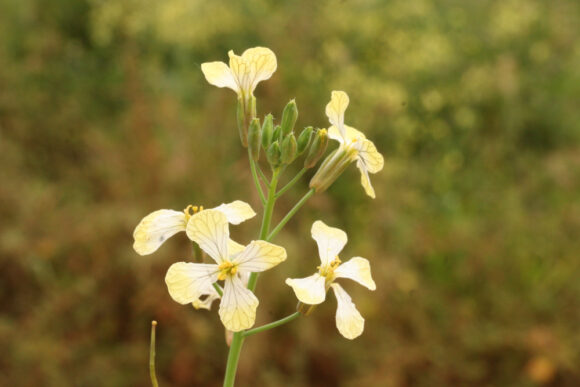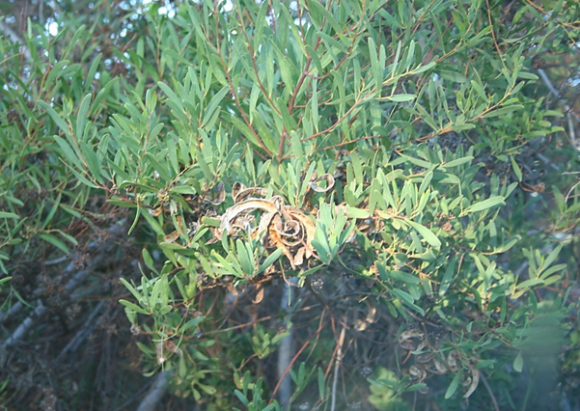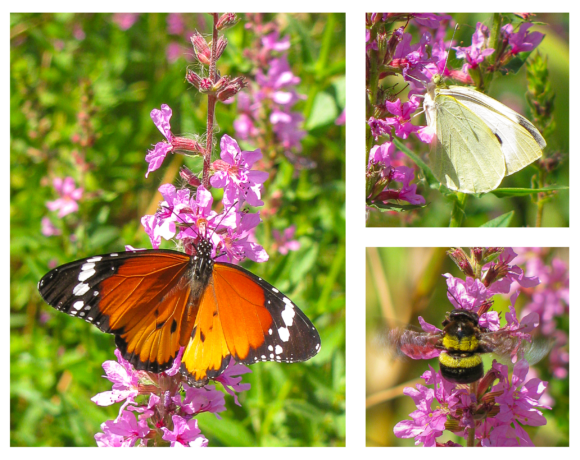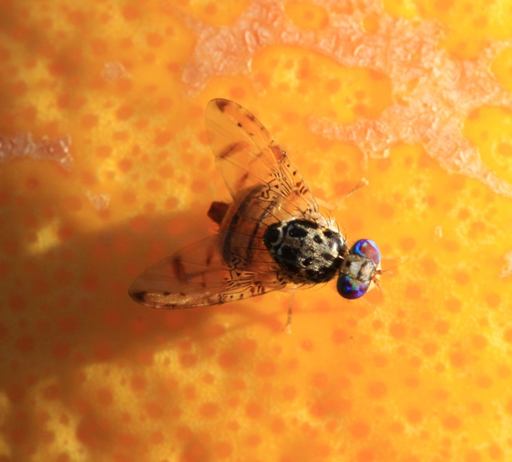21 May 2013 | By Bettine Jansen van Vuuren
The process of biological invasion involves the movement of propagules, be they individuals, seeds or pollen, from one area to another area. The success and rate of introduced species establishment and reproduction in the new area rest, among other factors, on existing landscape features and anthropogenic disturbance, for example, agricultural activities. In a paper recently published in Biological Invasions, researchers from the Centre for Invasion Biology (C·I·B) used a landscape genetics approach to help understand the impact of landscape features and human disturbance on the establishment of the global agricultural weed, wild radish (Raphanus raphanistrum).

Wild radish is a member of the Family Brassicaceae, which also includes cultivated crops such as canola, turnip and mustard as well as invasive species such as wild radish. This species can be introduced accidentally in agricultural produce from many different sources as a contaminant of grain seed, and once established, it occupies disturbed habitats such as agricultural land, abandoned fields and roadsides. This pioneer plant species competes successfully with agricultural crops such as wheat, and can hybridise with canola under both natural and experimental conditions, causing a reduction in agricultural productivity.
Genetic information from more than 300 plants collected across sites in the Cape Floristic Region showed almost no genetic differentiation across the range. This suggests that propagules of wild radish spread both at local scale through natural means, and across large distances through human-mediated dispersal. Interestingly, plants collected from Vredenburg on the Cape West Coast were genetically differentiated, possibly as a result of secondary introductions of seeds through the harbour at Saldanha Bay.
Almost 50% of the wild radish sampled contained cultivated radish (Raphanus sativus) chloroplast DNA which point to historical and/or current gene flow between wild and cultivated radish populations. Gene flow between crops and weeds increases the risk that herbicide resistance will spread into weedy species, creating ‘super-weeds’ which are herbicide resistant. These research results are useful for the assessment of environmental and agroeconomical risks facing canola production in the Western Cape.

Read the paper
For more information contact, Dr Bettine Jansen van Vuuren at bettinevv@uj.ac.za



